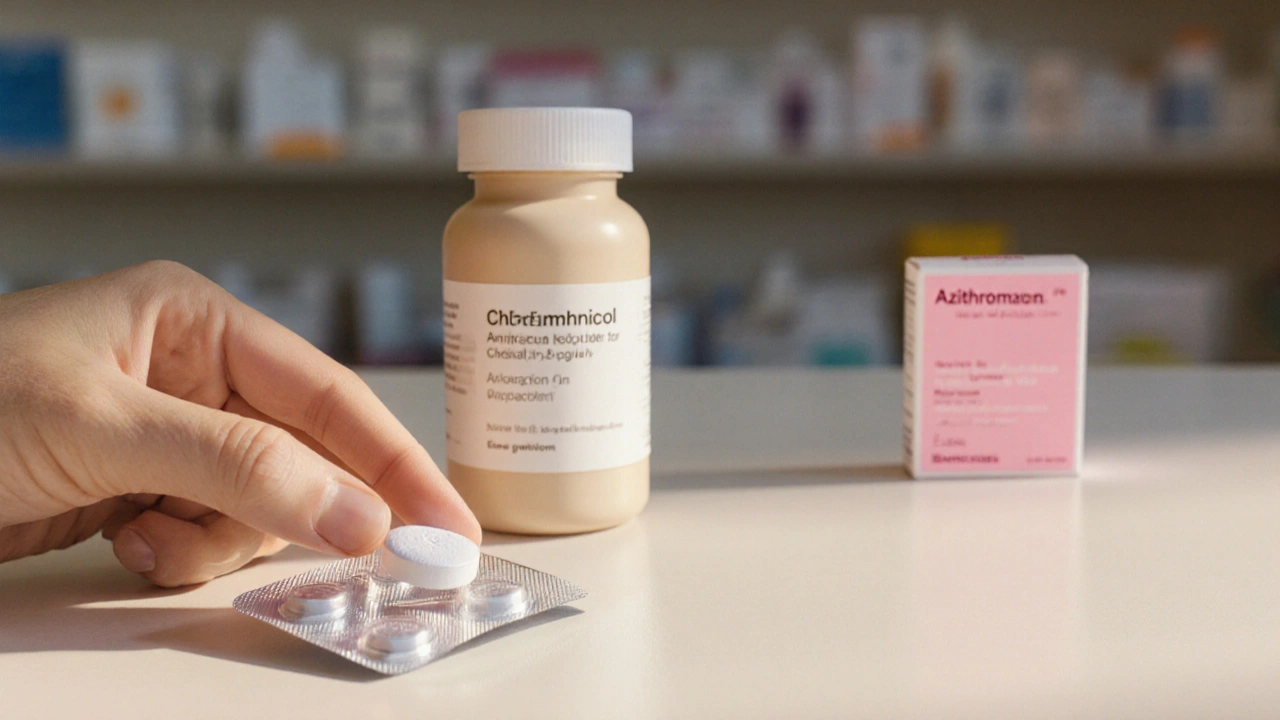Alternative Antibiotics – Exploring Non‑Traditional Infection Treatments
When talking about Alternative Antibiotics, non‑conventional agents used to treat bacterial infections when standard drugs are unsuitable. Also known as non‑standard antibiotics, it expands the toolbox for clinicians dealing with tricky bugs. Alternative antibiotics are gaining attention because many patients face side‑effects or resistance with regular pills.
One big driver behind this shift is Antibiotic Resistance, the ability of bacteria to survive drugs that once killed them. When resistance spreads, the usual cures lose power, forcing doctors to search for other ways. Drug‑resistant infections push the need for fresh strategies, and alternative antibiotics directly address that gap. In short, alternative antibiotics require understanding of antibiotic resistance patterns to choose the right substitute.
Why Look Beyond Conventional Antibiotics?
Enter Phage Therapy, the use of viruses that specifically attack bacteria. Phages zero in on harmful microbes while sparing human cells, making them a precise option when broad‑spectrum drugs fail. Bacteriophage treatment illustrates the triple: alternative antibiotics encompass phage therapy, phage therapy targets resistant bacteria, and it requires careful matching of virus to pathogen.
Another branch is Herbal Antimicrobials, plant‑derived compounds like oregano oil, tea tree and berberine that can inhibit bacterial growth. These botanicals have been used for centuries and now show promise against multi‑drug‑resistant strains. Plant‑based antibiotics highlight that alternative antibiotics include herbal options, that herbs can complement standard care, and that they often work through different mechanisms than conventional drugs.
Finally, consider Antimicrobial Peptides, short proteins that disrupt bacterial membranes and are part of the innate immune system. Labs are turning these natural defenders into medicines that act fast and avoid typical resistance pathways. This shows another triple: alternative antibiotics feature antimicrobial peptides, peptides provide a novel mode of action, and they can be engineered for specific infections.
All these alternatives share a common thread – they broaden the fight against bacteria in ways that traditional antibiotics can’t. Whether you’re a patient scared of side‑effects, a clinician tackling a stubborn infection, or just curious about future therapies, the range of options matters. The posts below dive deeper into each method, compare costs, side‑effects, and practical tips for getting them safely.
Below you’ll find detailed guides, real‑world comparisons, and actionable advice that help you decide when and how to use these non‑traditional tools. Let’s explore the landscape together.

